Don’t have a garden? No problem. These 16 edible herbs are perfectly happy to grow in pots, right on your windowsill. Whether you live in a tiny apartment or just want fresh flavors at your fingertips, this is your shortcut to a kitchen full of aroma and taste.
From the ever-reliable basil and parsley, to the surprisingly resilient lemongrass and chervil, these herbs don’t need much more than light, water, and a little love. They not only grow quickly but can be snipped often—meaning you get a continuous harvest with minimal effort. Best of all, they double as decor—adding greenery and scent to your space.
So if you’ve got a windowsill and a pot, you’ve got the start of a flavor-packed herb garden. These compact culinary stars make it easy to eat well, live green, and garden smart—even indoors.
Basil
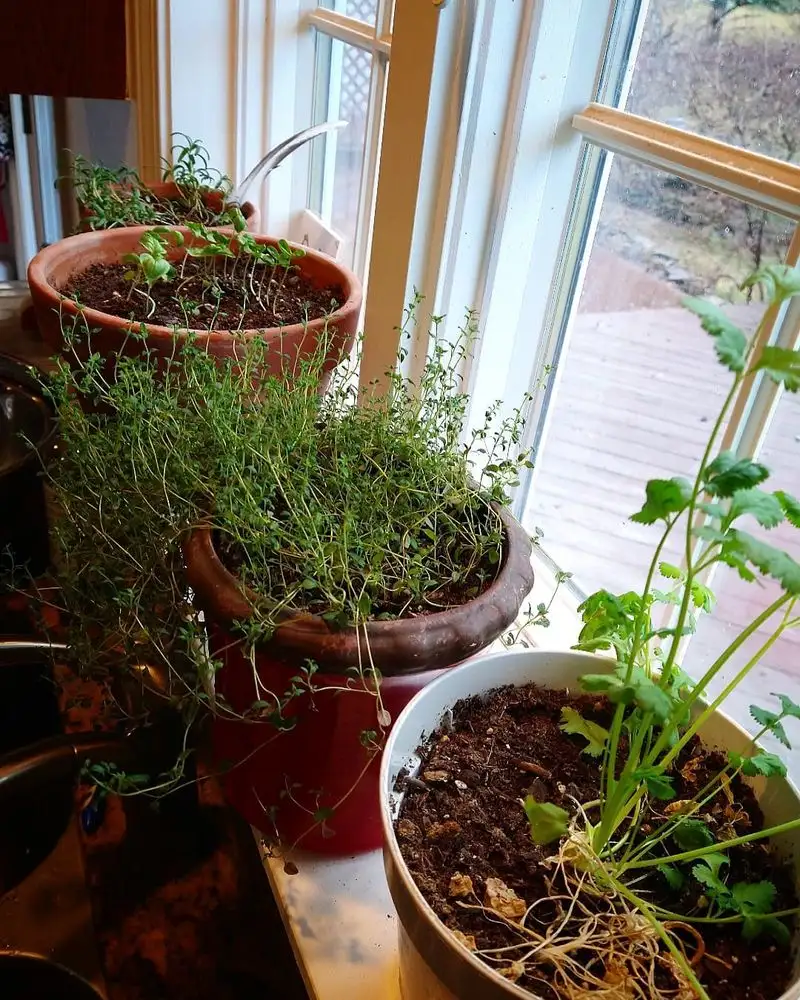
With its vibrant leaves and fragrant aroma, basil is a staple in culinary arts. Its ability to enhance the flavor of dishes makes it a beloved choice. Perfect for Italian and Asian cuisines, this herb offers versatility. A sun-lover, basil thrives best in warm conditions, making your windowsill an ideal spot. Pinch back flowers to encourage leaf growth. To enjoy fresh pesto, pick leaves regularly. Did you know? Basil symbolizes love in Italy, making it a heartfelt addition to your home garden.
Mint
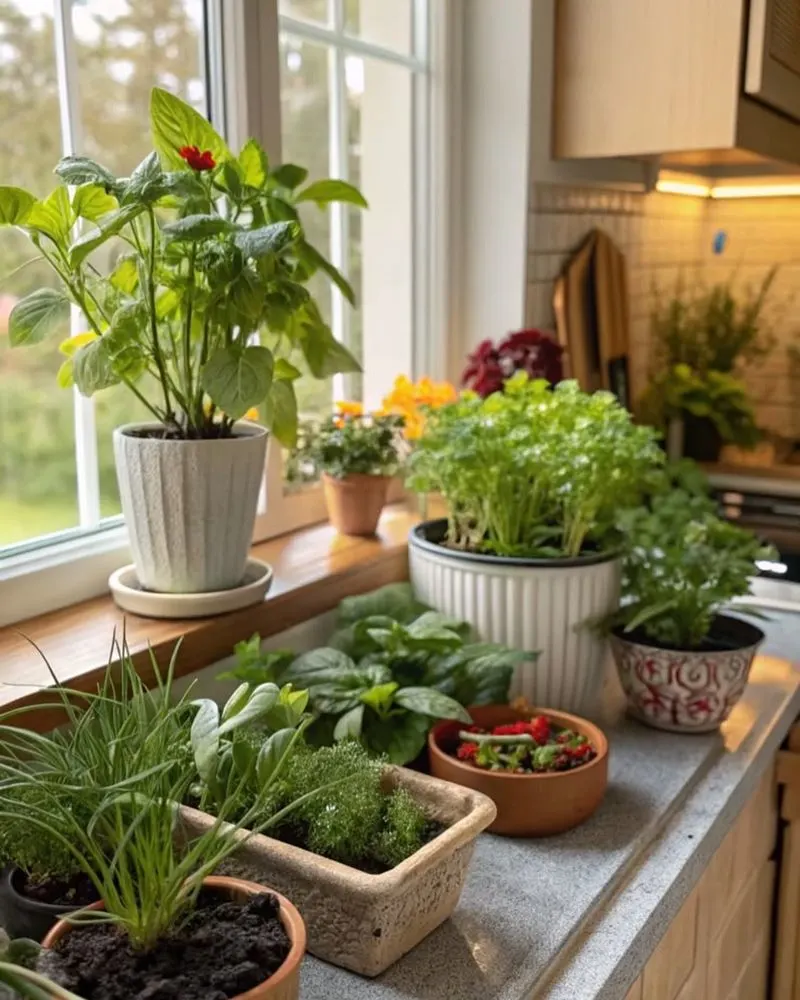
Known for its refreshing aroma, mint is a popular herb for teas and desserts. Its fast-growing nature makes it a favorite among new gardeners. Keep it in a separate pot to control its spread. Moist soil and partial sunlight are key to its success. Mint’s invigorating scent can uplift any room. Not only is it great for cooking, but it’s also a natural pest deterrent. Fun fact: Ancient Greeks believed mint could clear the mind and boost intelligence.
Thyme
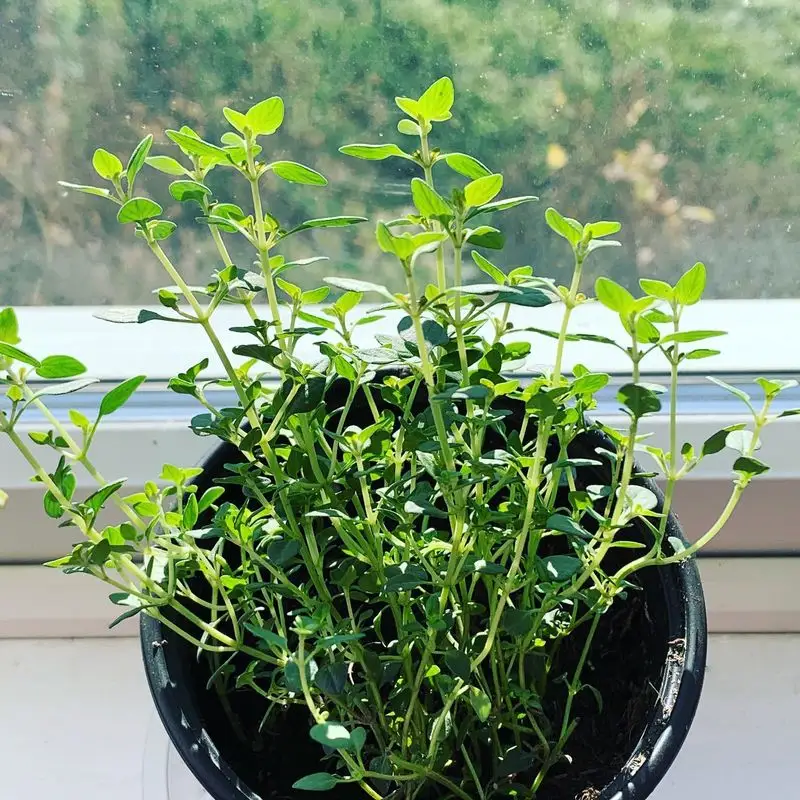
Thyme’s subtle yet distinct flavor is perfect for enhancing soups and stews. This hardy herb can withstand various conditions, making it easy to grow indoors. A sunny spot with well-drained soil is all it needs. Thyme’s tiny, aromatic leaves are a delight to pick and use fresh. Regular trimming encourages bushy growth. Historically, it was used by ancient Egyptians for embalming. Its resilience and fragrance make thyme a timeless choice for indoor gardens.
Parsley
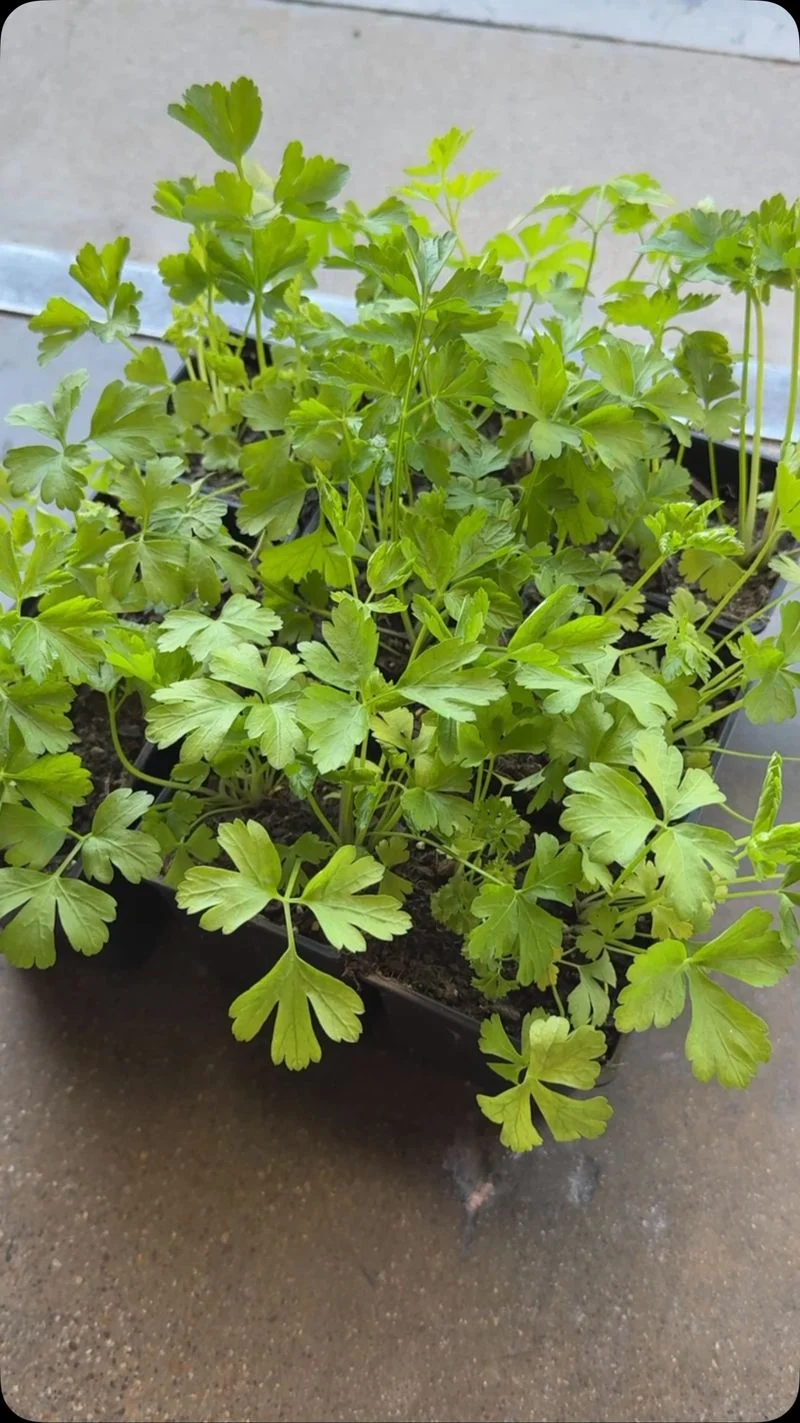
Often seen as a garnish, parsley offers more than just decoration. Its bright, slightly peppery flavor complements many dishes. Rich in vitamins, it supports overall health. Parsley prefers a sunny location with moist soil. Regular harvesting promotes new growth, keeping your plant lush. In ancient times, Greeks used it to crown victors of athletic competitions. This versatile herb is a kitchen staple, ready to add a burst of freshness to your meals.
Chives
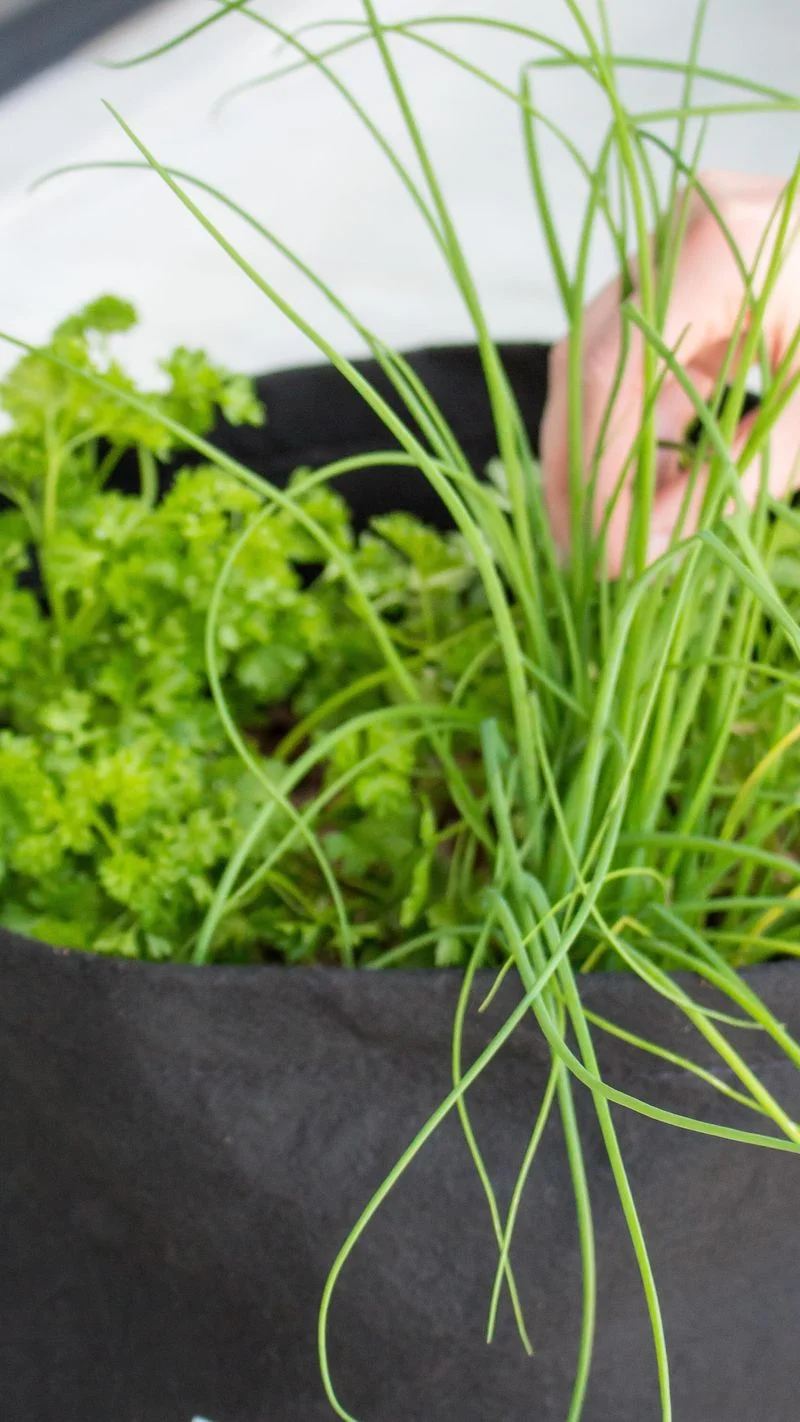
Chives, with their delicate onion flavor, are a must-have for any culinary enthusiast. Their slender green stalks add a touch of elegance to dishes. Ideal for snipping into salads or as a topping for baked potatoes. Chives thrive in sunlight and well-drained soil. Frequent cutting encourages growth and keeps them productive. Historically, they were used for medicinal purposes in Chinese culture. Embrace their subtle taste and vibrant green color in your indoor garden.
Cilantro (Coriander)
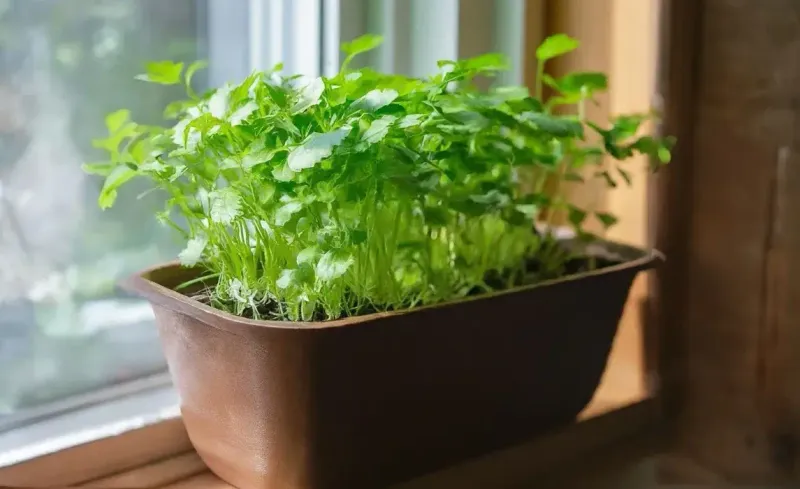
Cilantro’s bright and citrusy leaves are essential in many global cuisines. Perfect for salsas, curries, and salads, it adds a zesty kick. Growing cilantro requires a sunny spot and regular watering to thrive. This fast-growing herb is best used fresh and can be harvested regularly. In ancient times, cilantro seeds were found in Egyptian tombs, showcasing its historical significance. Embrace its unique flavor profile right from your windowsill garden.
Oregano
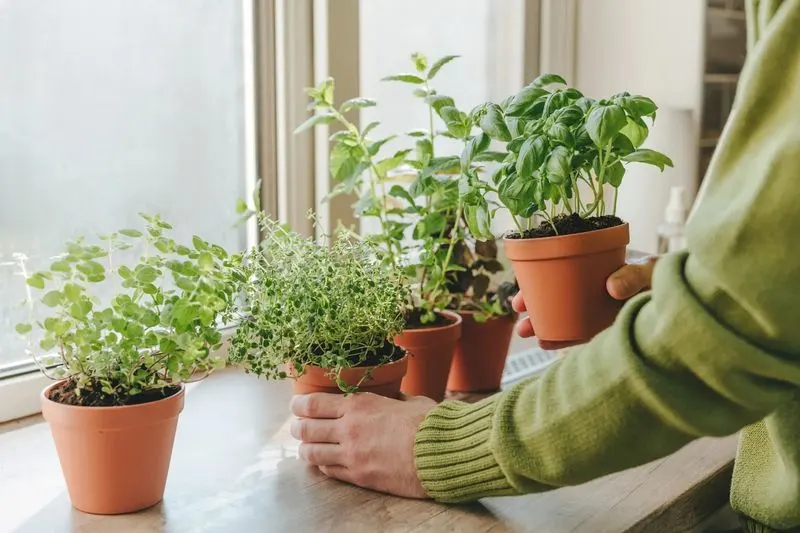
Oregano brings a warm, peppery aroma to your kitchen. Known as a staple in Italian and Greek dishes, it infuses meals with depth. This hardy herb thrives in sunlit conditions. Regular pruning encourages bushy growth and intensifies its flavor. Oregano’s leaves can be used fresh or dried, offering flexibility in cooking. In Greek mythology, it was believed to bring joy. Add this aromatic herb to your collection for a taste of the Mediterranean.
Rosemary
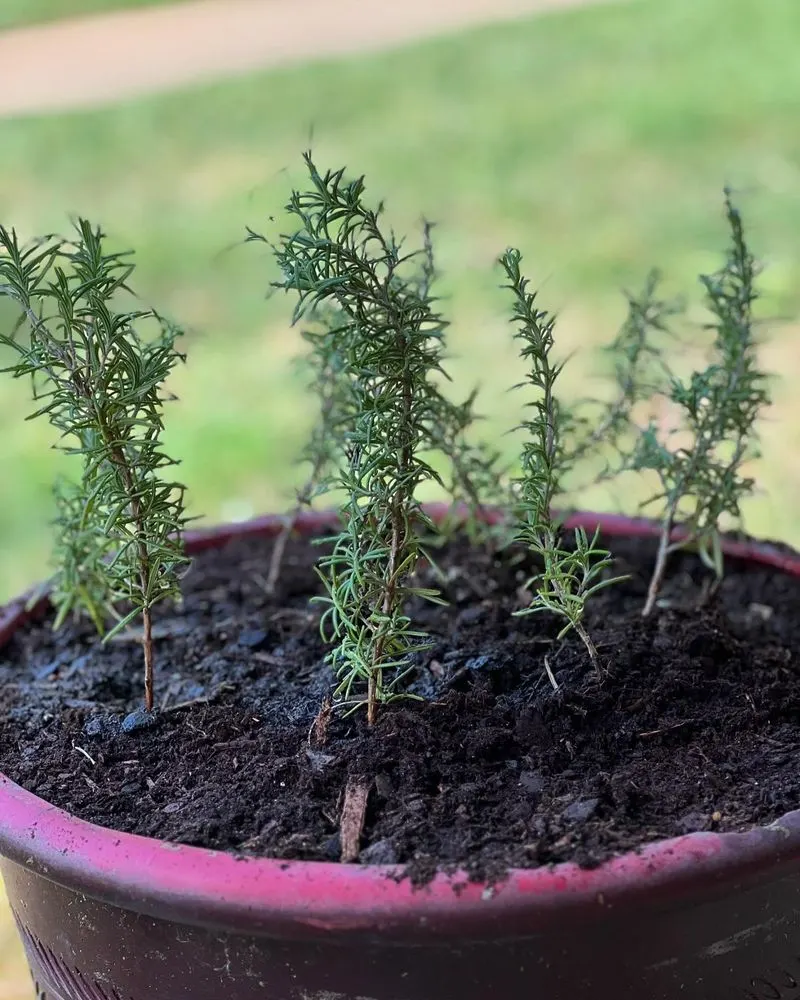
Rosemary’s robust flavor and scent make it a standout in any herb garden. Its needle-like leaves are perfect for roasting dishes or infusing oils. This Mediterranean herb thrives in sunny, well-drained conditions. Regular trimming ensures healthy growth and maintains its shape. Rosemary has been used historically for memory enhancement. Its aromatic presence not only elevates culinary creations but also adds a touch of elegance to your indoor garden.
Sage
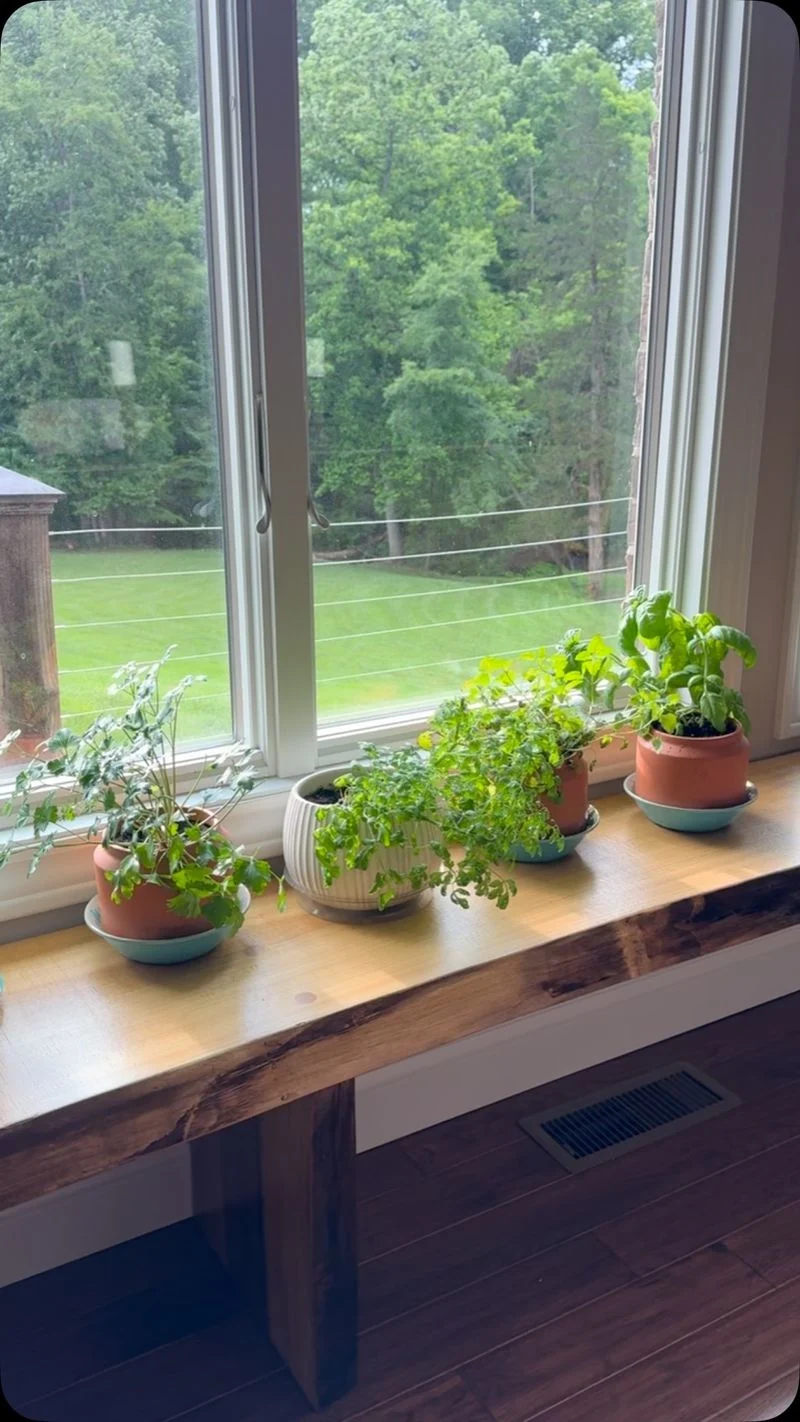
With its earthy flavor, sage is a cherished addition to savory dishes. Its soft, silvery leaves bring texture and depth to any recipe. Sage prefers a sunny spot with well-drained soil. Regular harvesting encourages new growth and maintains its vigor. Historically, it was believed to impart wisdom and longevity. This versatile herb is perfect for experimenting with in the kitchen, providing a sophisticated element to your meals.
Dill

Dill’s feathery fronds are famous for their aromatic and tangy flavor. Essential in pickling and Scandinavian cuisine, it adds a refreshing touch. Preferring cooler environments, dill thrives best when shielded from extreme heat. Regular pinching back prevents bolting. Ancient Egyptians recorded its use for medicinal purposes, highlighting its historic roots. Enjoy the delicate flavor of dill in your culinary creations, straight from your windowsill garden.
Tarragon
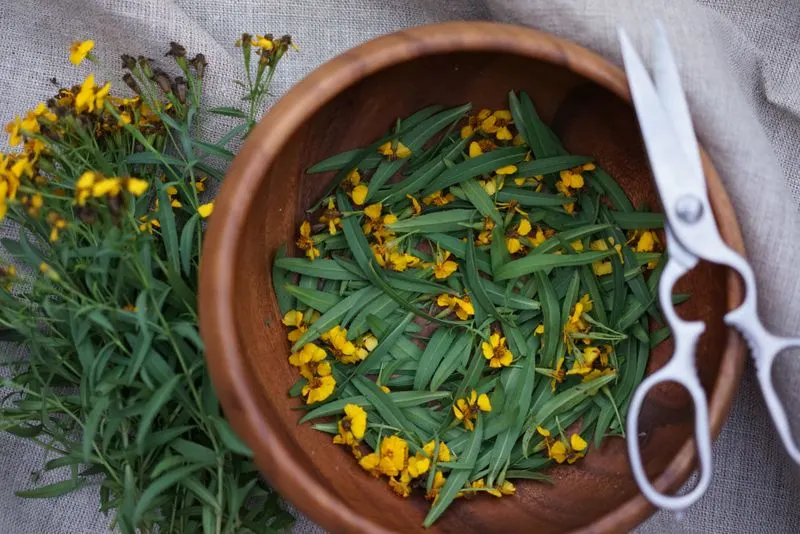
Tarragon, with its unique anise-like flavor, is a staple in French cooking. Its slender, dark green leaves add elegance to sauces and dressings. A sun-loving herb, it flourishes in well-drained soil. Regular pruning ensures a continuous supply of fresh leaves. Tarragon was once believed to ward off dragons in medieval times. Add this intriguing herb to your indoor garden for a touch of culinary sophistication.
Lemon Balm
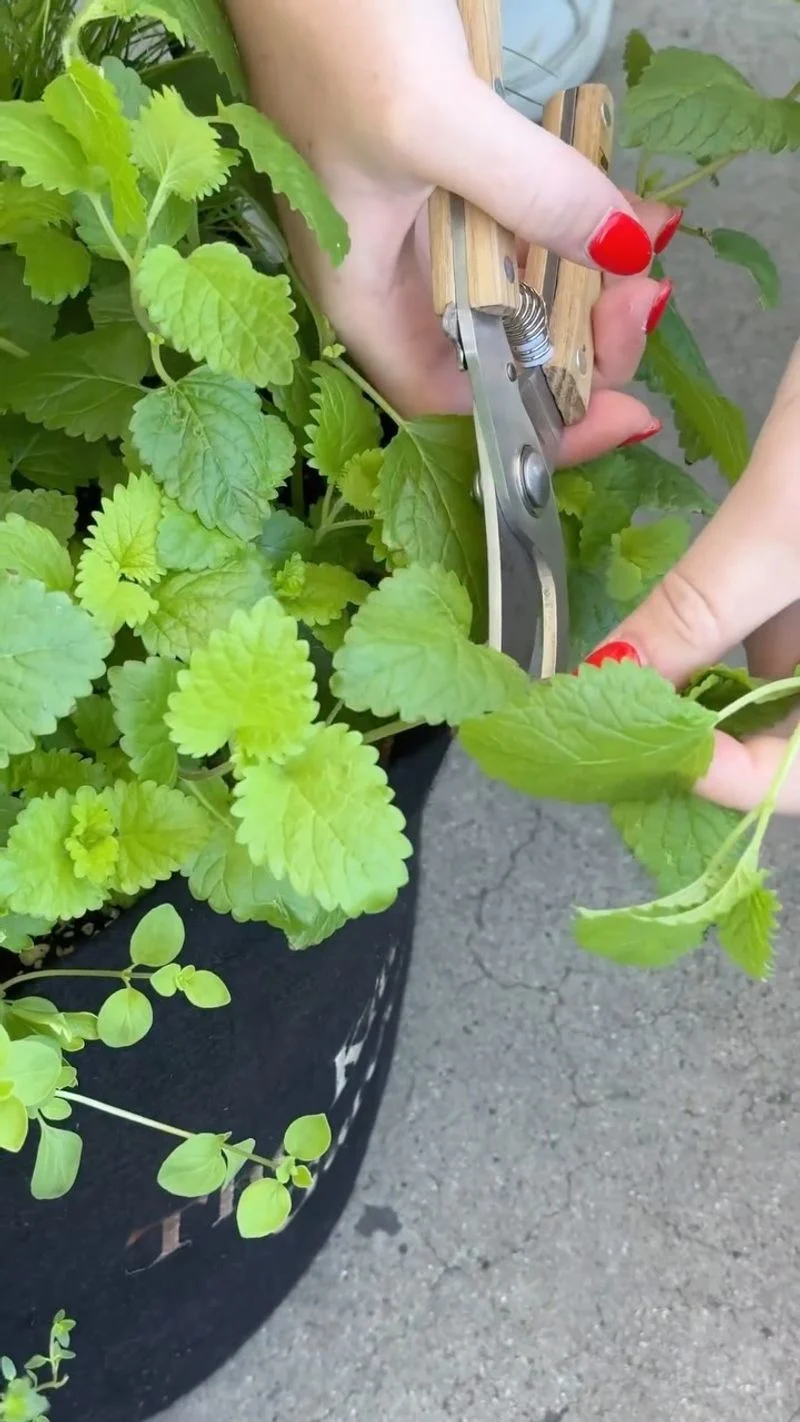
Lemon balm’s citrusy aroma revitalizes any dish or drink. Its heart-shaped leaves are perfect for teas, salads, and desserts. Thriving in sunny conditions, it prefers well-drained soil. Regular trimming keeps it bushy and prevents leggy growth. Used in medieval times to lift spirits, lemon balm is a cheerful addition to any garden. Enjoy its refreshing scent and flavor as it brightens your windowsill and culinary creations.
Bay Laurel
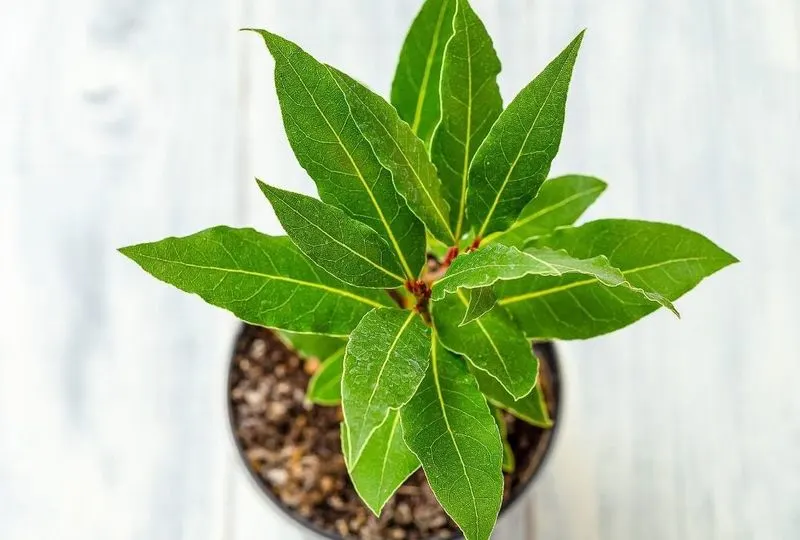
Bay laurel’s glossy leaves are a culinary treasure, infusing soups and stews with depth. This Mediterranean herb thrives in bright light and well-drained soil. While slow-growing, it eventually becomes a beautiful small tree. Regular pruning ensures a neat shape and healthy growth. In ancient Rome, bay wreaths symbolized victory and honor. Incorporate its distinctive flavor into your dishes, direct from your windowsill garden.
Marjoram
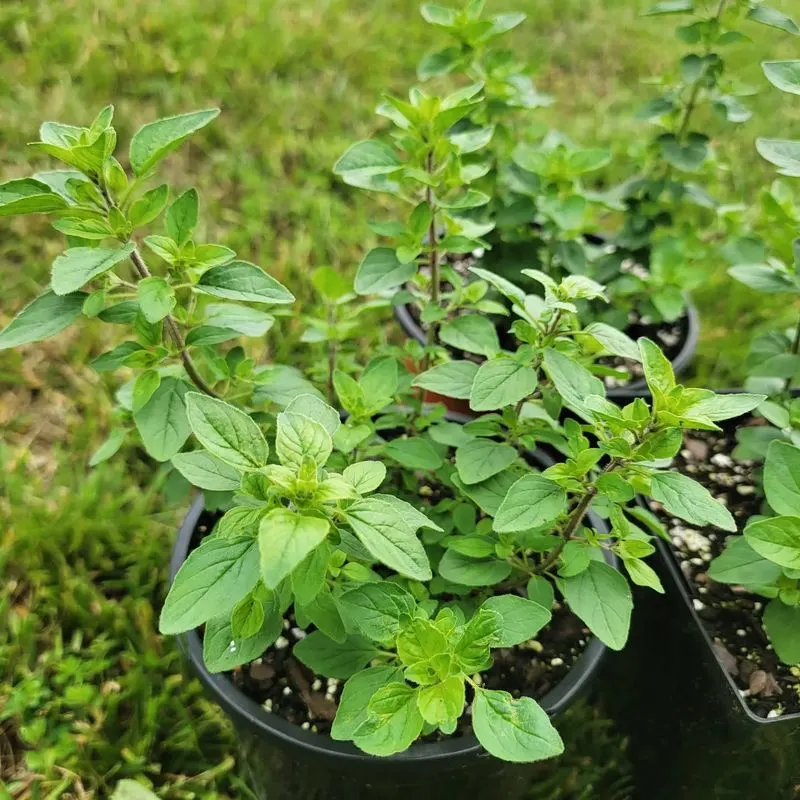
Marjoram’s sweet and subtle flavor enhances a variety of dishes, from meats to salads. This delicate herb thrives in sunny conditions and well-drained soil. Regular harvesting encourages bushy growth, ensuring a steady supply. Historically, marjoram was associated with love and happiness in ancient Greece. Add its gentle aroma to your indoor garden for a touch of culinary delight and historical charm.
Lemongrass
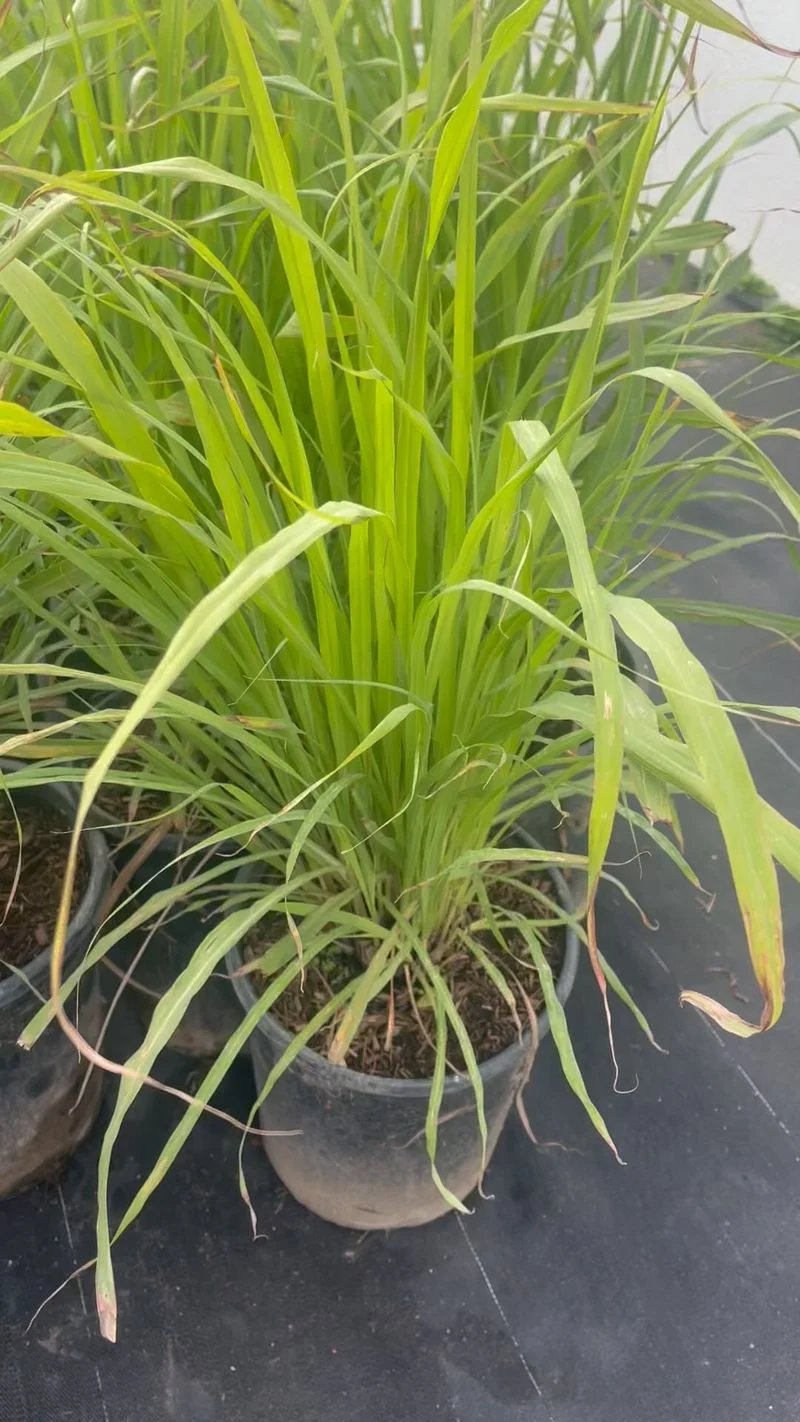
Lemongrass offers a refreshing citrus flavor, essential in Asian cuisine. Its tall, slender stalks are perfect for infusing teas and soups. This sun-loving herb thrives in well-drained soil. Regular trimming ensures robust growth and extends its lifespan. Lemongrass is also known for its mosquito-repelling properties. Bring a taste of the tropics to your windowsill garden with its vibrant presence and delightful scent.
Sorrel
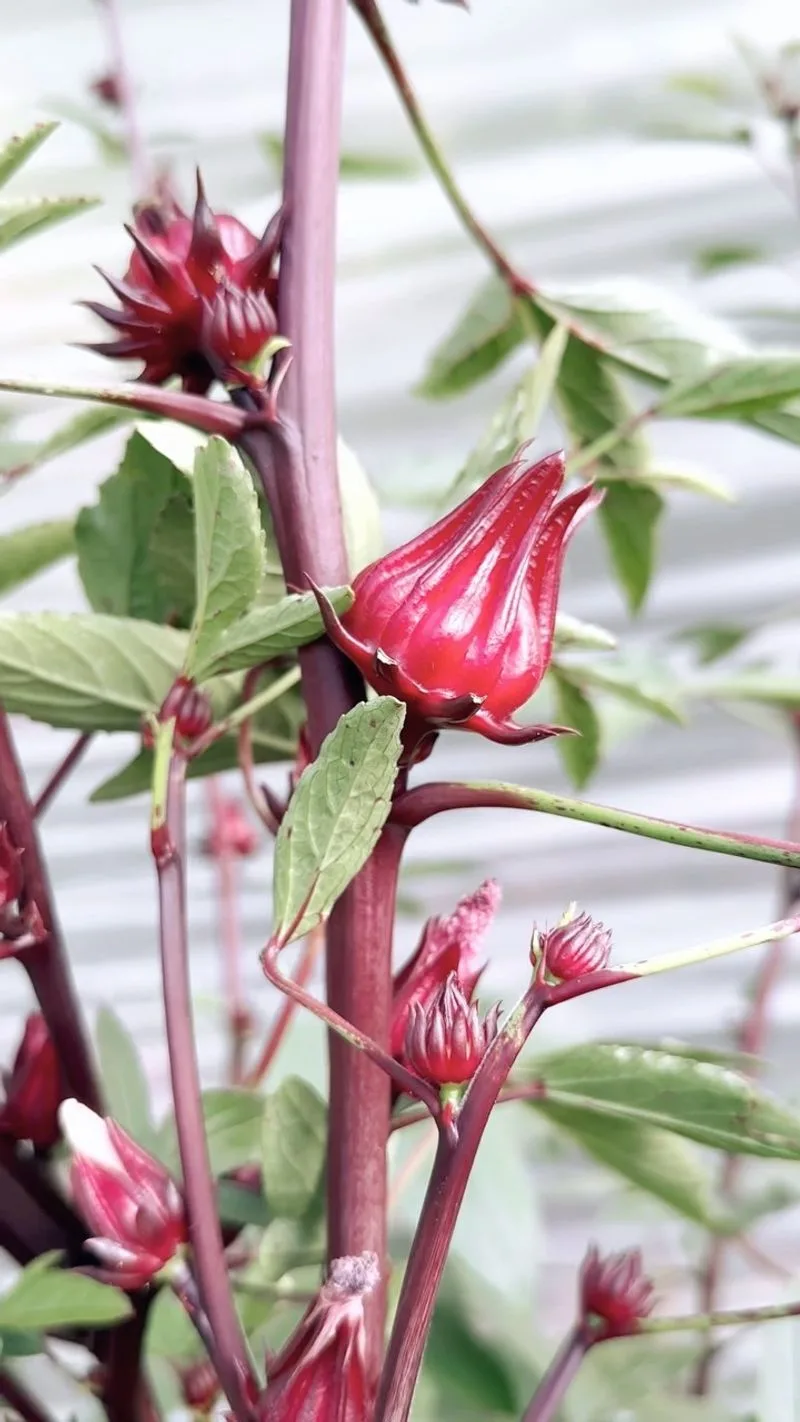
Sorrel’s tart, lemony flavor adds a zing to salads and soups. Its bright green, arrow-shaped leaves bring a pop of color to dishes. Growing in partial shade, sorrel prefers moist soil. Regular harvesting encourages new growth and keeps the plant healthy. In medieval times, it was used in soups to add acidity. Incorporate sorrel into your culinary adventures for a tangy twist, right from your windowsill.

